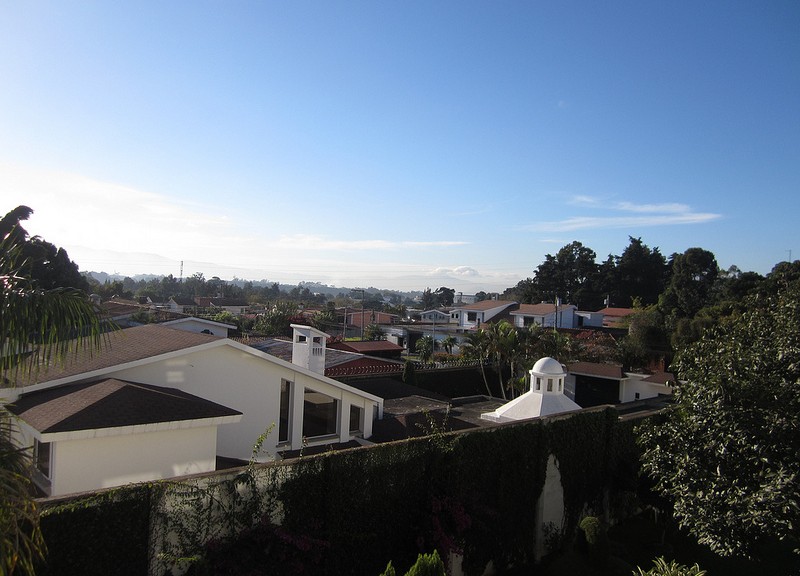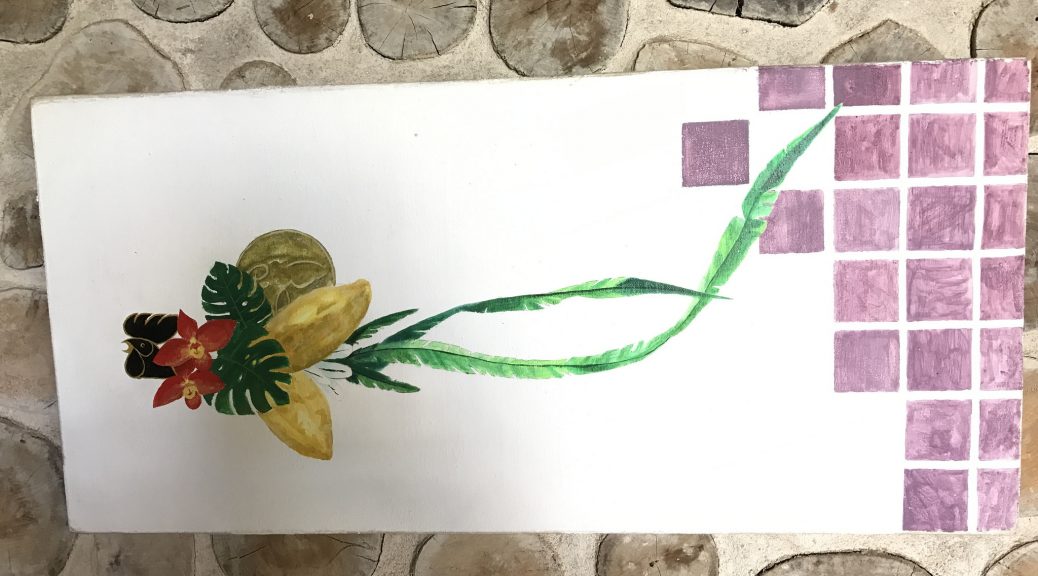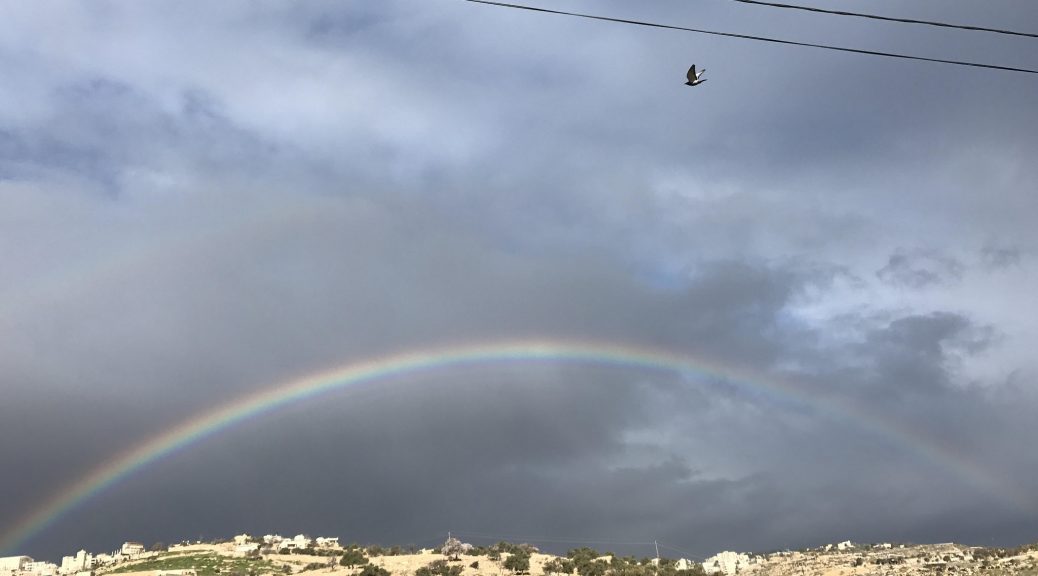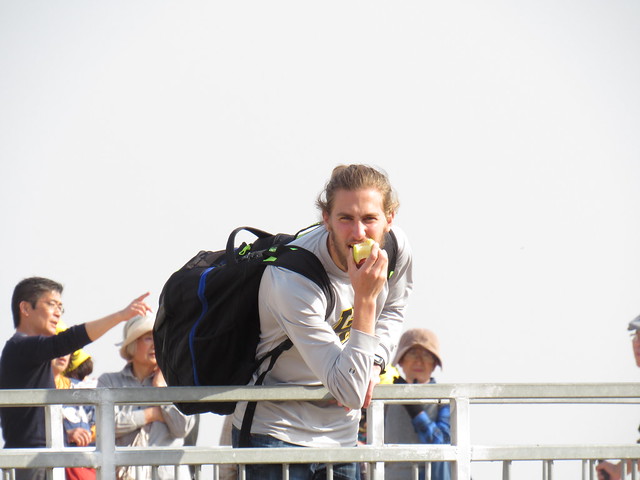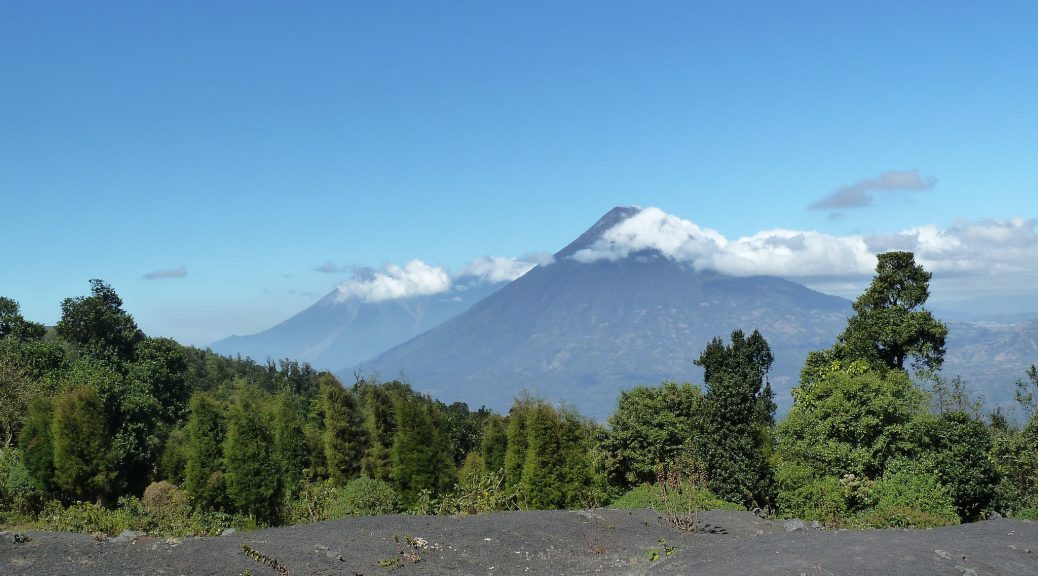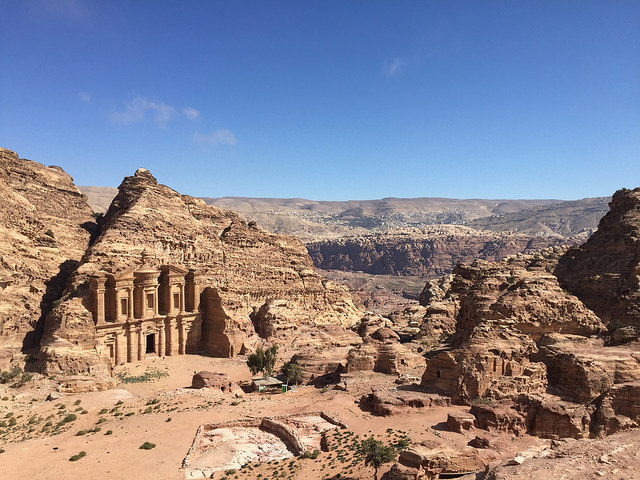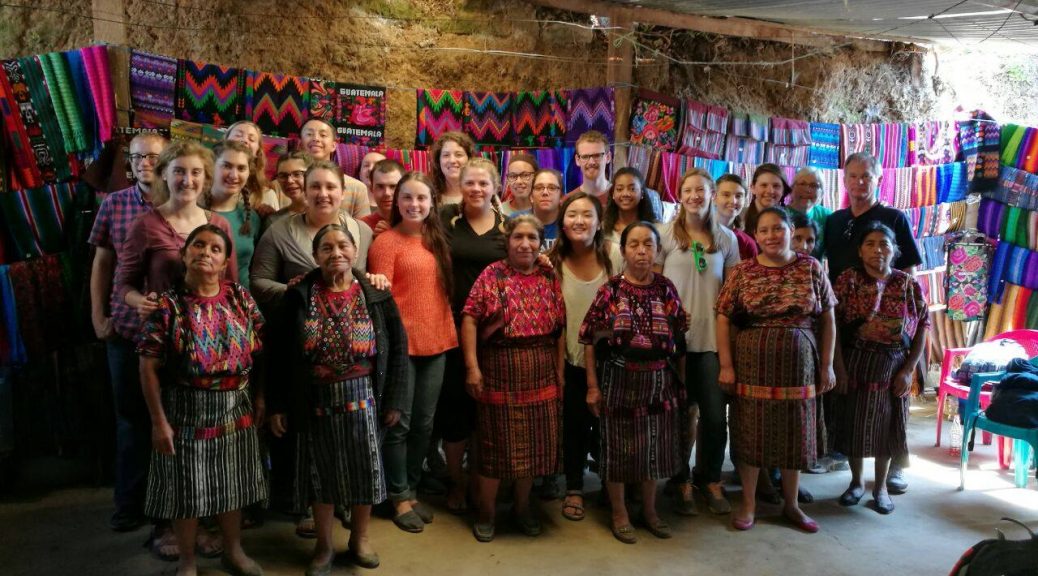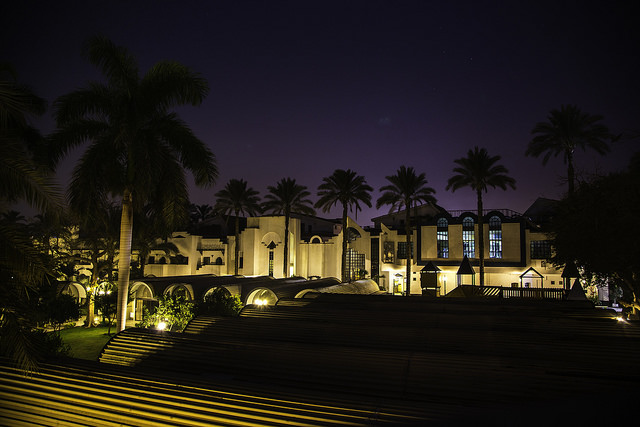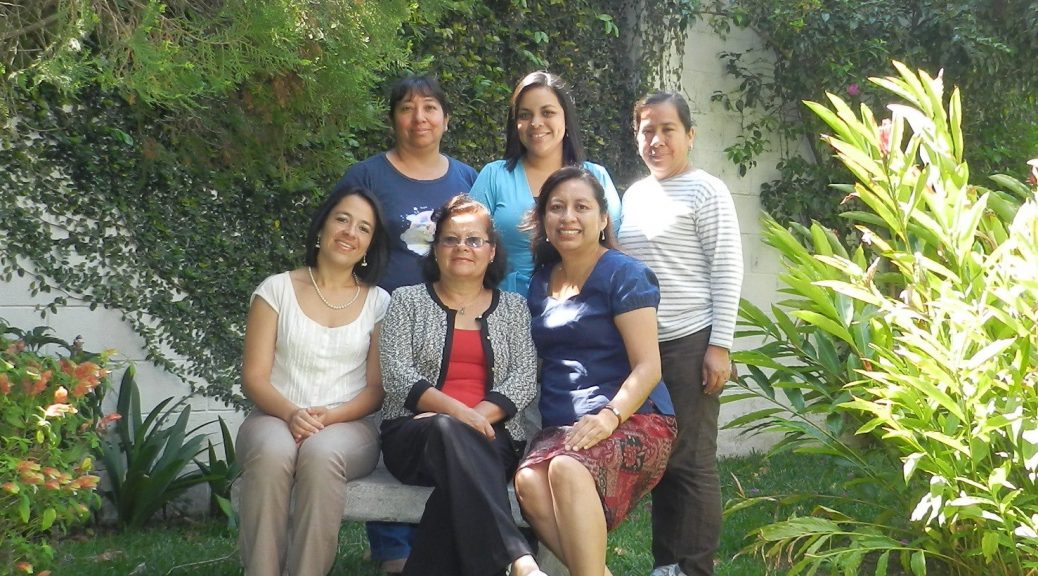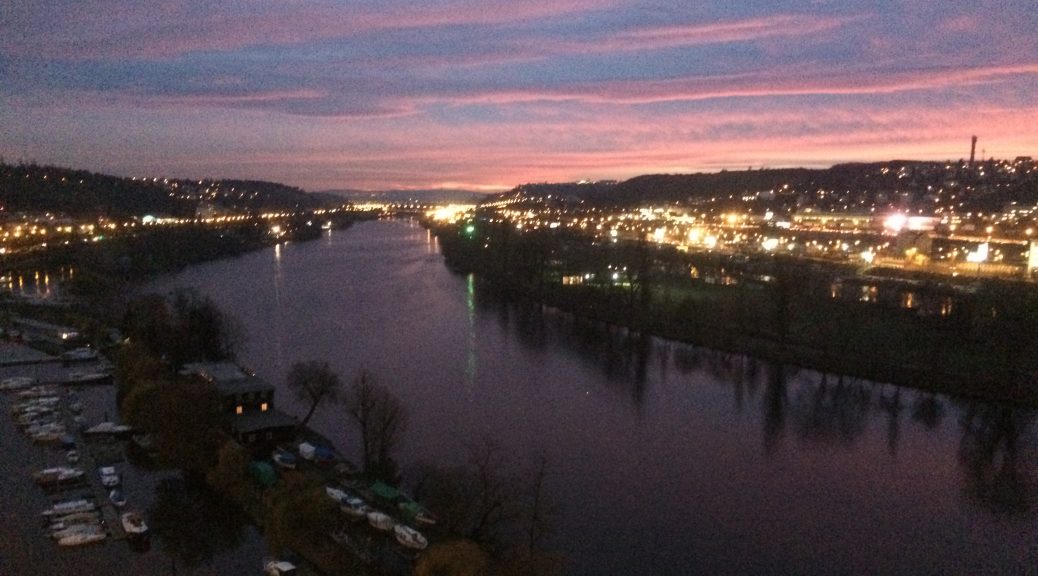I will miss this country
24 February 2017
I will miss this country...
I will miss my host family. Who took in a foreigner and accepted me so graciously into their home. Demonstrating so much love in their hearts, caring for me and feeding me, and sharing their culture so willingly.
I will miss the food. The simplicity of rice, beans, eggs, and … Continue Reading ››
